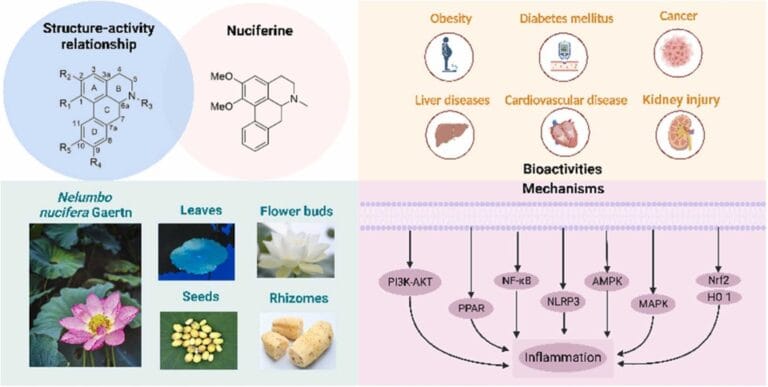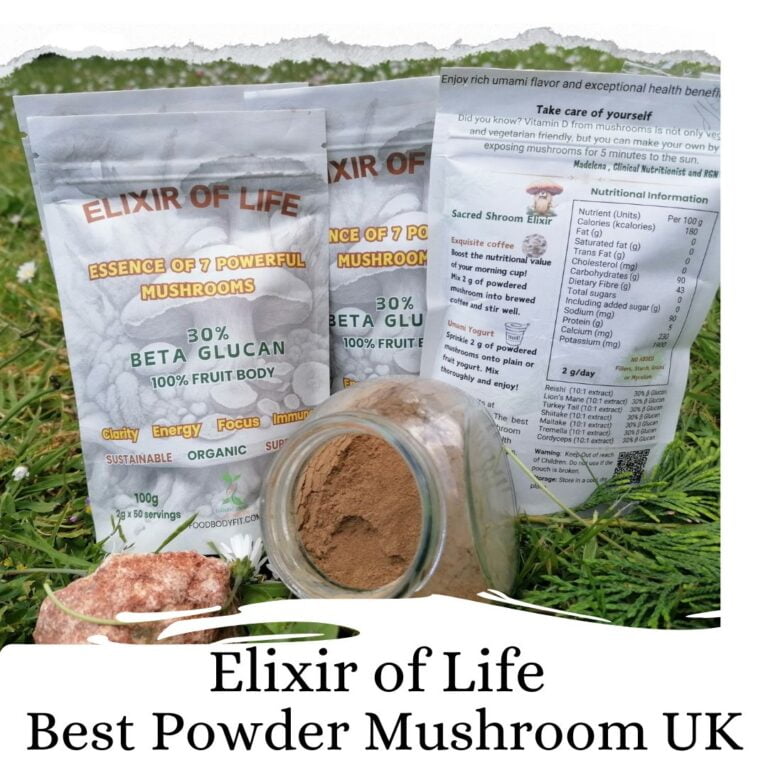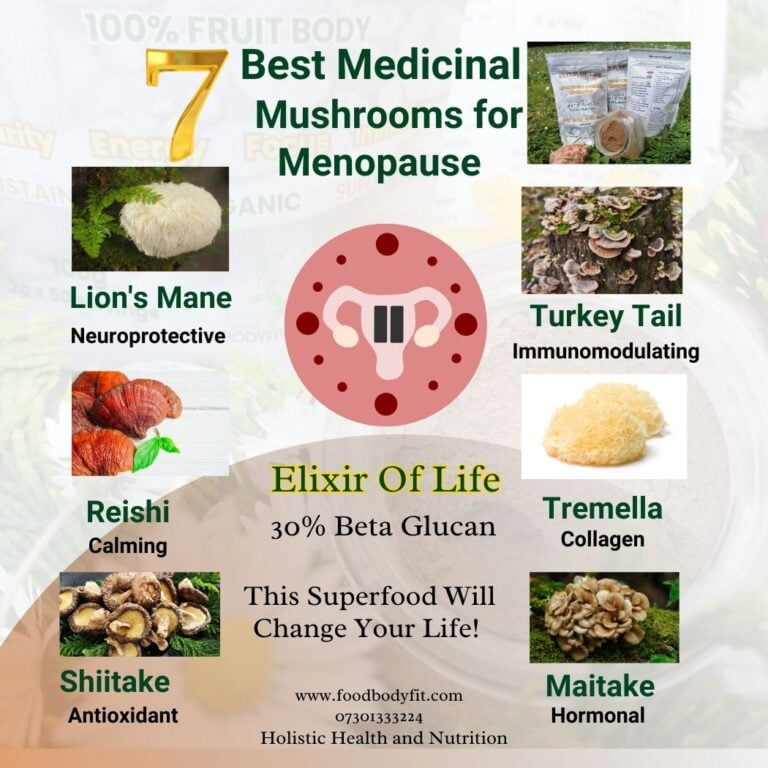How do i increase iron in my diet ?
How much iron do I need in my diet?
Iron is important for good health and helps to make haemoglobin, the protein in blood, which carries oxygen around the blood. The body cannot make its own iron, which means we need to get all our iron from the food we eat. A low intake of iron can cause anaemia, which may cause tiredness, weakness or breathlessness. Therefore, it is important to regularly eat iron-rich foods to help prevent low iron levels
, which may cause tiredness, weakness or breathlessness. Therefore, it is important to regularly eat iron-rich foods to help prevent low iron levels
| Age (years) | Males | Females | Iron stars ✰ |
| 11-18 | 11.3mg | 14.8mg | 11 (males) 15 (females) |
| 19-50 | 8.7mg | 14.8mg | 9 (males) 15 (females) |
| 50+ | 8.7mg | 8.7mg | 9 |
How can I improve my iron intake?
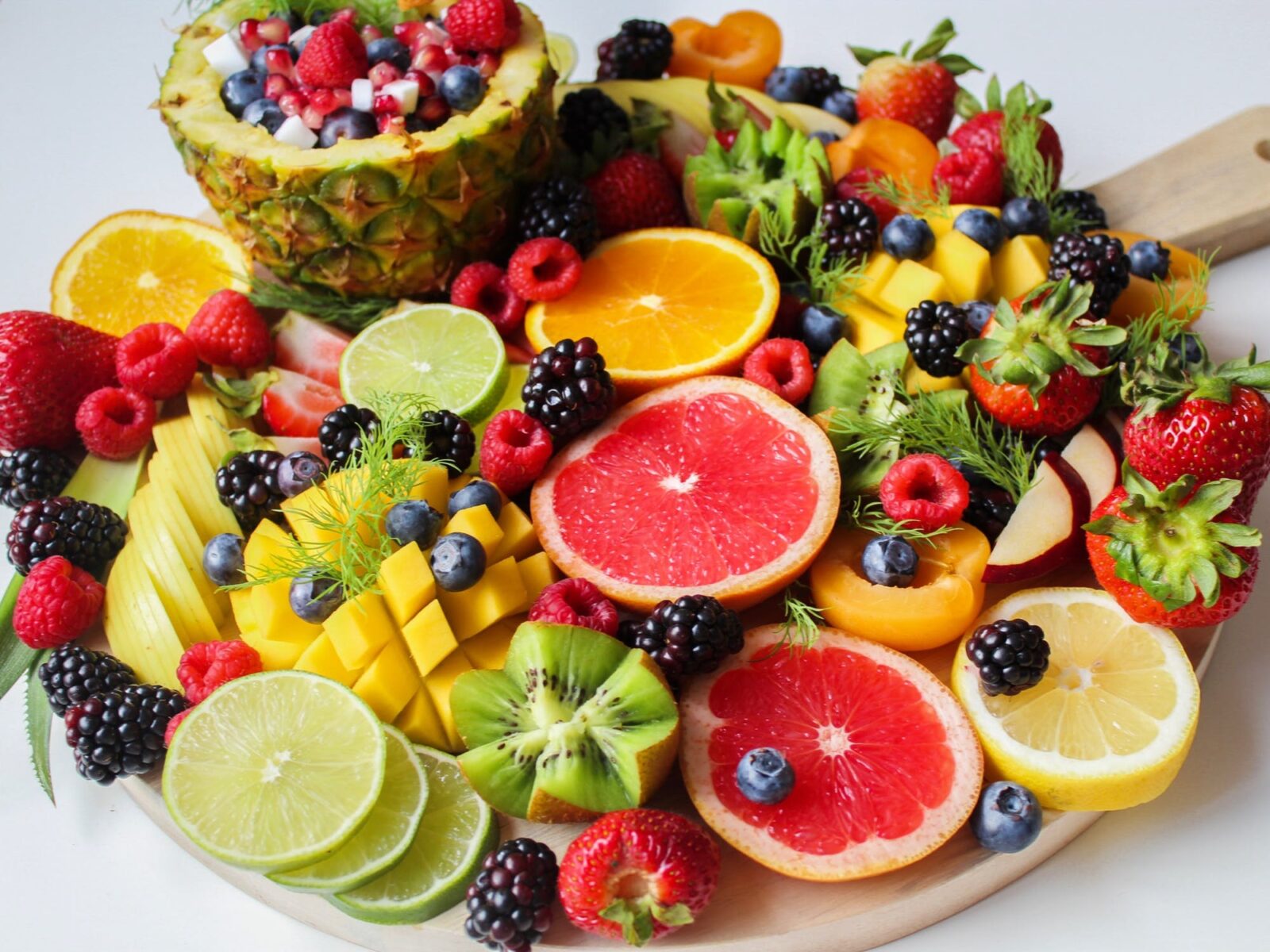 Iron is found in animal and non-animal sources, however iron from animal sources is better absorbed. Vitamin C can help improve the absorption of iron when included with an iron- containing meal. Foods which are good sources of vitamin C include:
Iron is found in animal and non-animal sources, however iron from animal sources is better absorbed. Vitamin C can help improve the absorption of iron when included with an iron- containing meal. Foods which are good sources of vitamin C include:
• fruit, especially citrus fruit, such as oranges, pineapple, grapefruit
• fruit juices (limit to one small glass per day) and squash drinks with added vitamin C
• salad vegetables, such as tomatoes and peppers
• lightly cooked vegetables, such as peas, carrots, broccoli, spinach, cauliflower
• potatoes.
Coffee and tea contain tannins, which can reduce the amount of iron you absorb from food, so avoid drinking these at meal times. Raw wheat bran also inhibits iron absorption and should be avoided.
 Animal sources of iron
Animal sources of iron
• lean beef, pork, lamb
• liver and kidney, liver sausage (pregnant women should avoid liver and liver sausage because of their high vitamin A content)
• corned beef
• chicken and turkey, especially the dark meat like drumsticks
• tuna, sardines, mackerel, pilchards and salmon
• fish paste, meat paste ; well-cooked eggs (avoid raw or lightly-cooked eggs).
Non-animal sources of iron:
• red kidney beans, haricot, pinto, black-eye beans, boiled or canned
• dahI, lentils, chickpeas, baked beans and peas
• nuts and peanut butter
• breakfast cereals with added iron, eg cornflakes, Rice Krispies, Weetabix, Ready Brek
• dried fruit, such as apricots, figs, prunes, raisins and sultanas
• bread, chapatti, pitta bread made with wholemeal flour
• cauliflower, spring greens, broccoli, canned mixed vegetables
• tofu.
| Breakfast ideas | Cereal and milk, eg Weetabix/porridge/Wholemeal toast Fruit juice or a portion of fruit |
| Snack ideas | Baked beans on toast Sardines on toast Sandwiches – whole meal bread with peanut butter, corned beef, or egg and tomato salad Portion of fruit Liquorice all sorts |
| Main meal ideas | Lentil stew, nut roast or bean stew Potatoes – jacket/boiled Green vegetables or salad |
| Puddings ideas | Stewed apricots Bread and butter pudding |
The tables below show how much iron is found in different foods.
| Lean roast beef | 1 thick slice | 1.0 | ✰ |
| Roast lamb | 2 thick slices (100g) | 1.1 | ✰ |
| Pork chop | 1 average chop (120g) | 0.85 | ✰ |
| Dark roast turkey/chicken | 2 slices (60g) | 0.8 | ✰ |
| Black pudding | 1 slice (30g) | 3.7 | ✰✰✰½ |
| Sardines or pilchards canned in oil | Average sandwich filling (50g) | 1.25 | ✰ |
| Tuna in brine | ½ tin (100g) | 1.5 | ✰½ |
| Mussels | Boiled, meat only (100g) | 3.3 | ✰✰✰½ |
*Note: Pregnant women should avoid liver and liver sausages due to their high content of vitamin A content
Lentils, beans, nuts and seeds – these sources are better absorbed with vitamin C-containing foods
| Chickpeas (canned) | 4 tablespoons cooked (100g) | 2.1 | ✰✰ |
| Lentils – green & brown | ½ cup cooked (75g) | 2.5 | ✰✰½ |
| Lentils – red | ½ cup cooked (75g) | 1.8 | ✰✰ |
| Baked beans | Small tin (150g) | 2.1 | ✰✰ |
| Beans – butter beans | ½ cup cooked (75g) | 1.5 | ✰½ |
| Beans – red kidney | 3 tablespoons (100g) | 2.6 | ✰✰½ |
| Quinoa | 3 tablespoons (50g) | 3.9 | ✰✰✰✰ |
| Hummus | 2 tablespoons (50g) | 1.2 | ✰ |
| Eggs | 1 egg (60g) | 1.3 | ✰ |
| Tofu (fried) | 50g (1/5 of packet) | 1.8 | ✰✰ |
| Almonds | 20g | 0.8 | ✰ |
| Cashews | 25g | 1.5 | ✰ ½ |
| Sesame seeds | 1 tablespoon (12g) | 1.2 | ✰ |
| Sunflower seeds | ¼ cup (30g) | 1.9 | ✰✰ |
 Breakfast cereals and breads – these sources are better absorbed with vitamin C-containing foods
Breakfast cereals and breads – these sources are better absorbed with vitamin C-containing foods
| Ready Brek (dry) | 1 small portion (30g) | 3.6 | ✰✰✰✰½ |
| Bran flakes | 4 tablespoons (30g) | 3.5 | ✰✰✰½ |
| Special K | 4 tablespoons (30g) | 3.5 | ✰✰✰½ |
| Weetabix | 2 biscuits (40g) | 3.5 | ✰✰✰½ |
Fruit and vegetables
| Apricots | 8 apricots (65g) | 2.1 | ✰✰ |
| Fig (dried) | 4 figs (80g) | 3.4 | ✰✰✰½ |
| Raisins | 1 tablespoon (35g) | 1.1 | ✰ |
| Prunes | 5 prunes (40g) | 1.0 | ✰ |
| Blackcurrants (tinned) | 60g (2 handfuls) | 2.8 | ✰✰✰ |
| Spinach | 3 tablespoons boiled (120g) | 1.9 | ✰✰ |
| Avocado pear | ½ avocado (130g) | 1.4 | ✰ ½ |
| Peas | 2½ tablespoons (75g) | 1.3 | ✰ |
| Broccoli | 2 spears – steamed (90g) | 0.7 | ½ |
| Brussels sprouts | 9 sprouts (average portion 90g) | 0.6 | ½ |
Other
| Chocolate – milk | 1 average bar (50g) | 0.8 | ✰ |
| Chocolate – plain | 1 average bar (50g) | 1.2 | ✰ |
| Ovaltine made with water | 4 tablespoons (25g serving) | 3.6 | ✰✰✰ ½ |
| Milo (chocolate malt) | 6 teaspoon (30g serving) | 4.0 | ✰✰✰✰ |
| Liquorice Allsorts | Small packet (56g) | 4.0 | ✰✰✰✰ |
| Yeast extract | Heaped tablespoon (18g) | 0.5 | ½ |
If you have any further questions or concerns about your cholesterol level , please call or send an email to: .Madelena Tapliga ( nutrition and weight management, lymphatic massage therapist) ; 07947887043 ; office@foodbodyfit.com

 Animal sources of iron
Animal sources of iron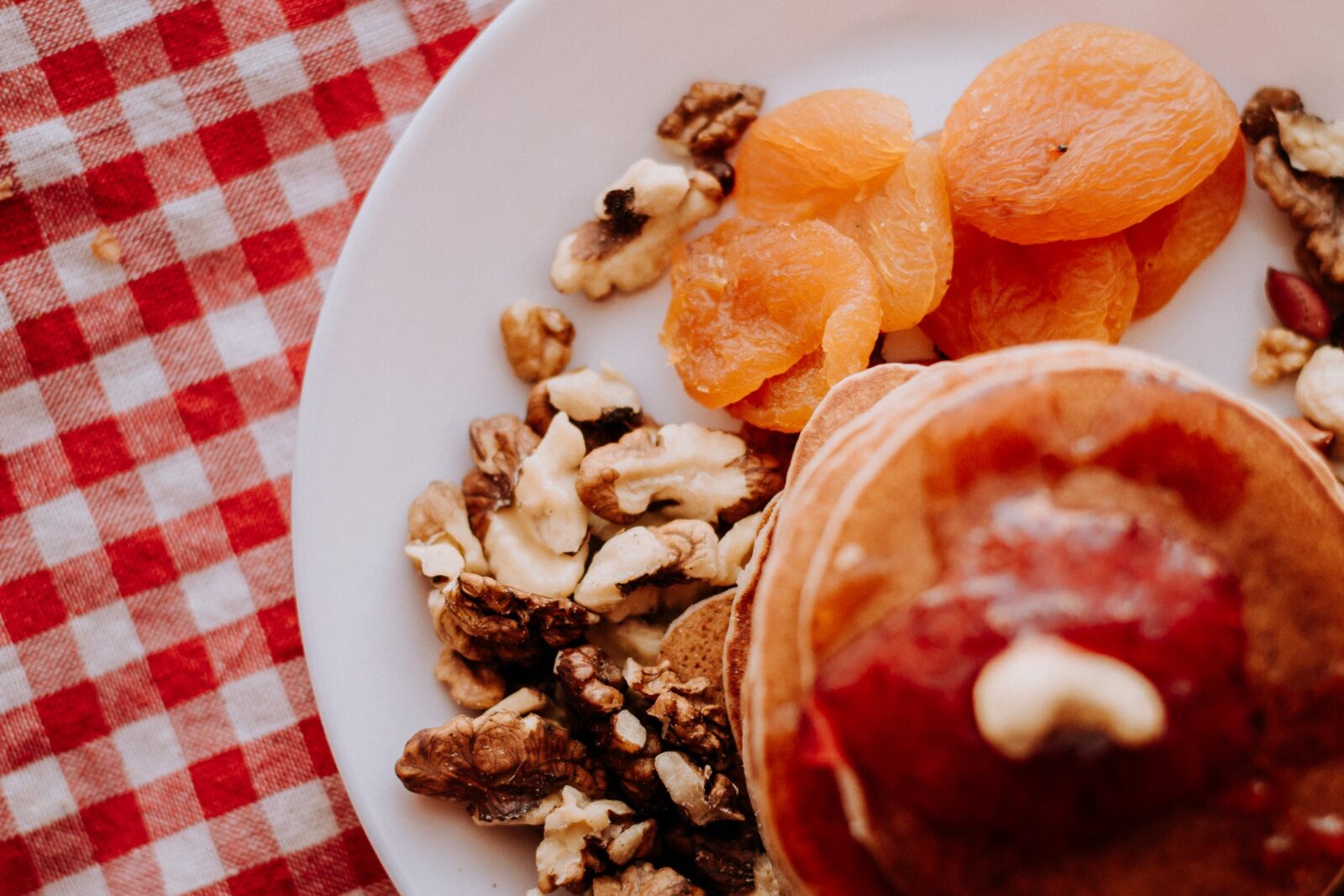 Breakfast cereals and breads – these sources are better absorbed with vitamin C-containing foods
Breakfast cereals and breads – these sources are better absorbed with vitamin C-containing foods